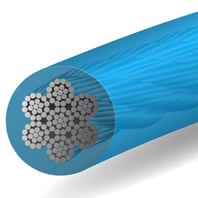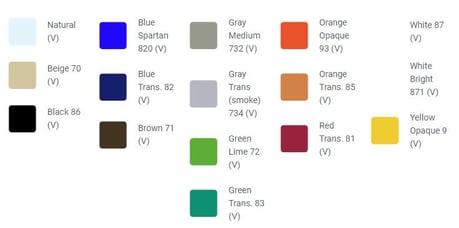Sanlo produces custom jacketed aircraft cable and wire rope in nylon and vinyl thermoplastic jackets. These plastic jackets are applied to the exterior of a cable to increase corrosion protection, aesthetic value, and visibility. While both materials offer undeniable benefits, it can be challenging to determine which one to use as they offer distinct advantages and slightly different performance. If you are getting ready to place a coated cable order at https://sanlo.com/contact/, and you’re not sure which style to choose, here are the key differences you should know.
Nylon
Nylon is an extremely durable material that is resilient to abrasion and impact. It offers a long cycle life, especially in high-use environments where it moves along pulleys or sheaves. Often found in exercise equipment and conveyor systems, Nylon can also tolerate acidic environments such as sewers or wells. Nylon is, however, sensitive to light and susceptible to cracking, so it is best practice to employ Nylon coated aircraft cable indoors.

Polyvinyl Chloride (Vinyl)
Vinyl is softer and traditionally more flexible than Nylon. It is an excellent general-use material, and it is usually less expensive than Nylon, too. Often used in sailing and towing, Vinyl has a greater tolerance to UV exposure, which means it can be used outdoors without deteriorating in sunny environments. Though vinyl coating may experience shredding, it protects the cable from abrasion and prevents undue wear on pulleys.
Nylon and vinyl are both available in a variety of standard colors in addition to custom color-matched hues. Our coating capabilities range from 0.018” up to 3/4” outer diameter, and jackets can be applied to galvanized or stainless steel cables of varying constructions and diameters.

It is important to note that coating a cable increases its tolerance to friction and wear, but it does not intrinsically increase its breaking strength. The nominal strength of a jacketed aircraft cable is still based on its diameter, construction, and material prior to coating, meaning a 3/16” cable coated to 1/4” does not develop the inherent strength qualities of a 1/4" cable.
For more information about the color selection, tolerances, and configurations, of our coated cable, visit https://sanlo.com/product-category/coated-cable/. Contact us with any questions, or start a quote today.


